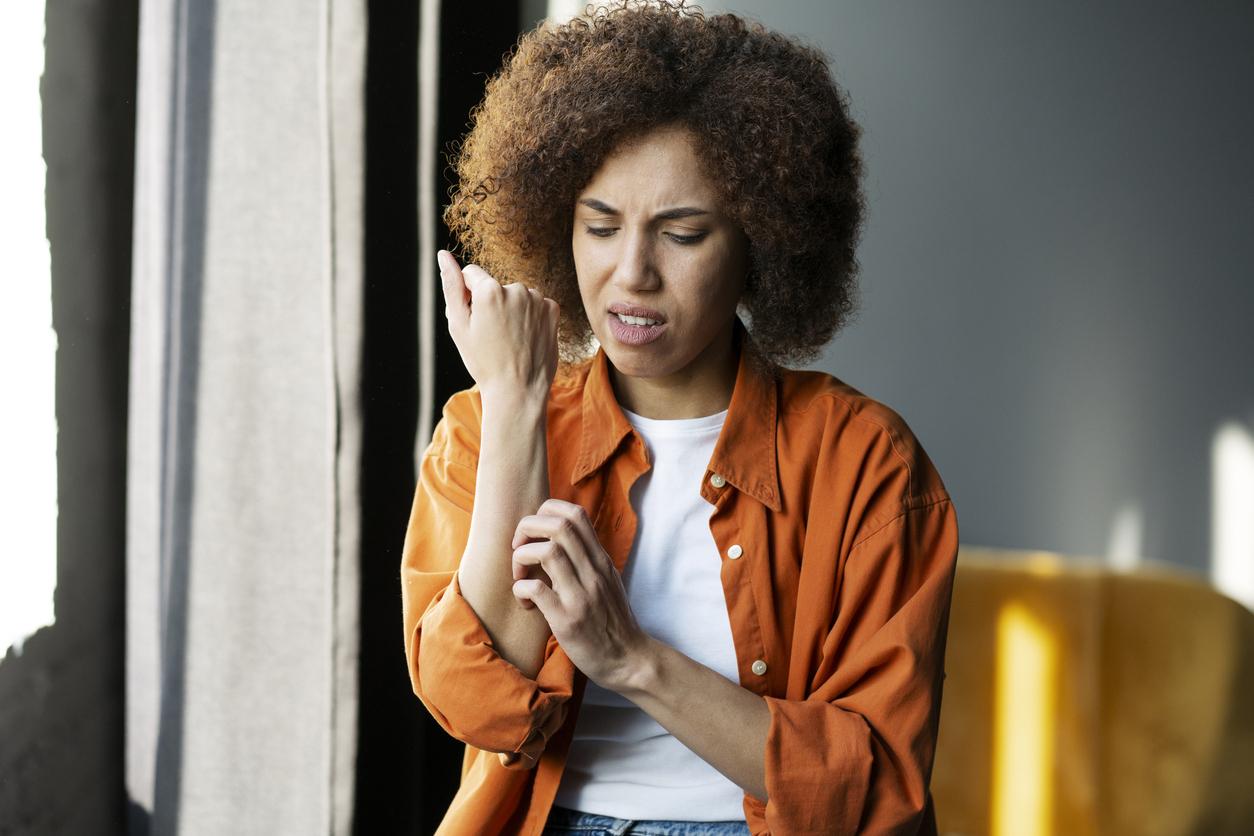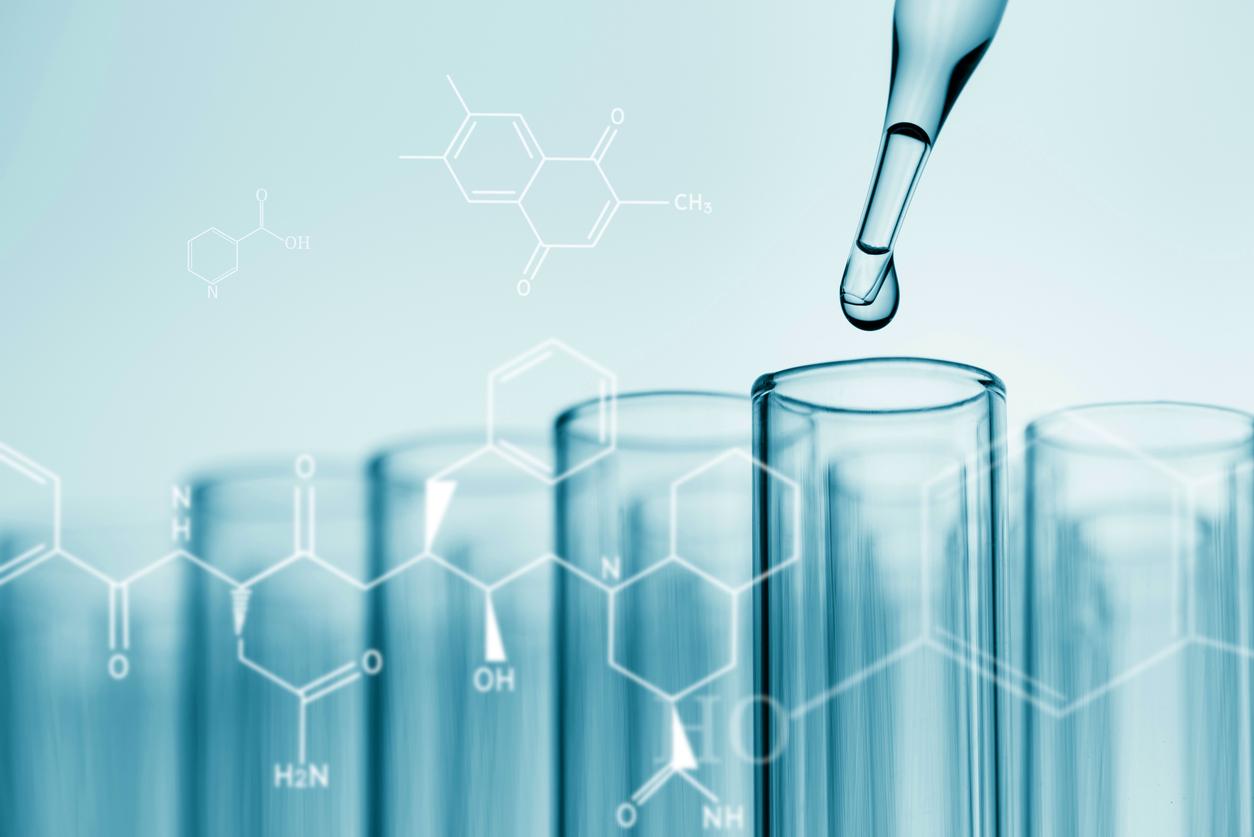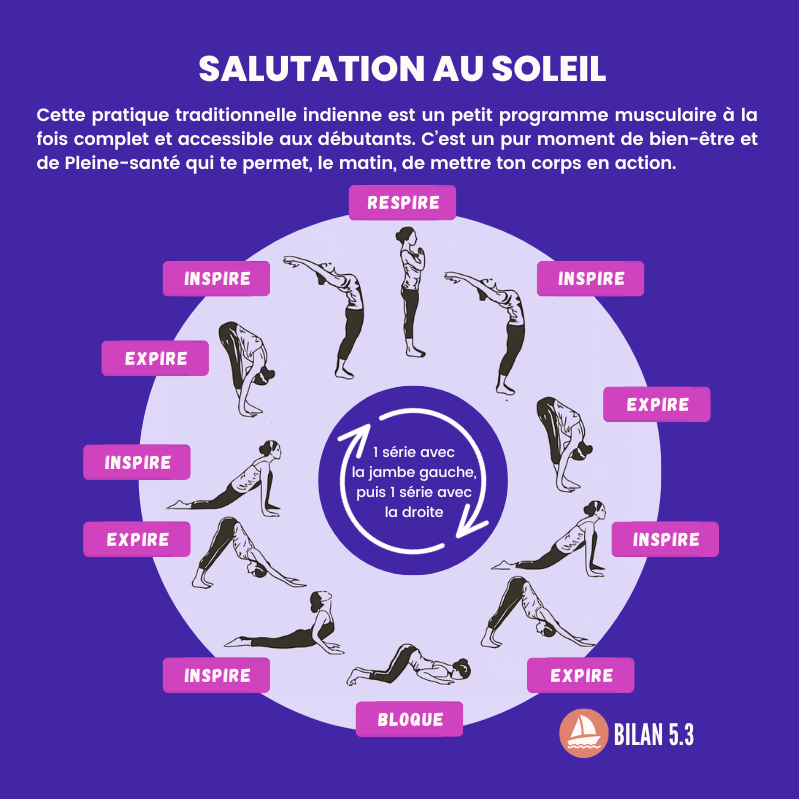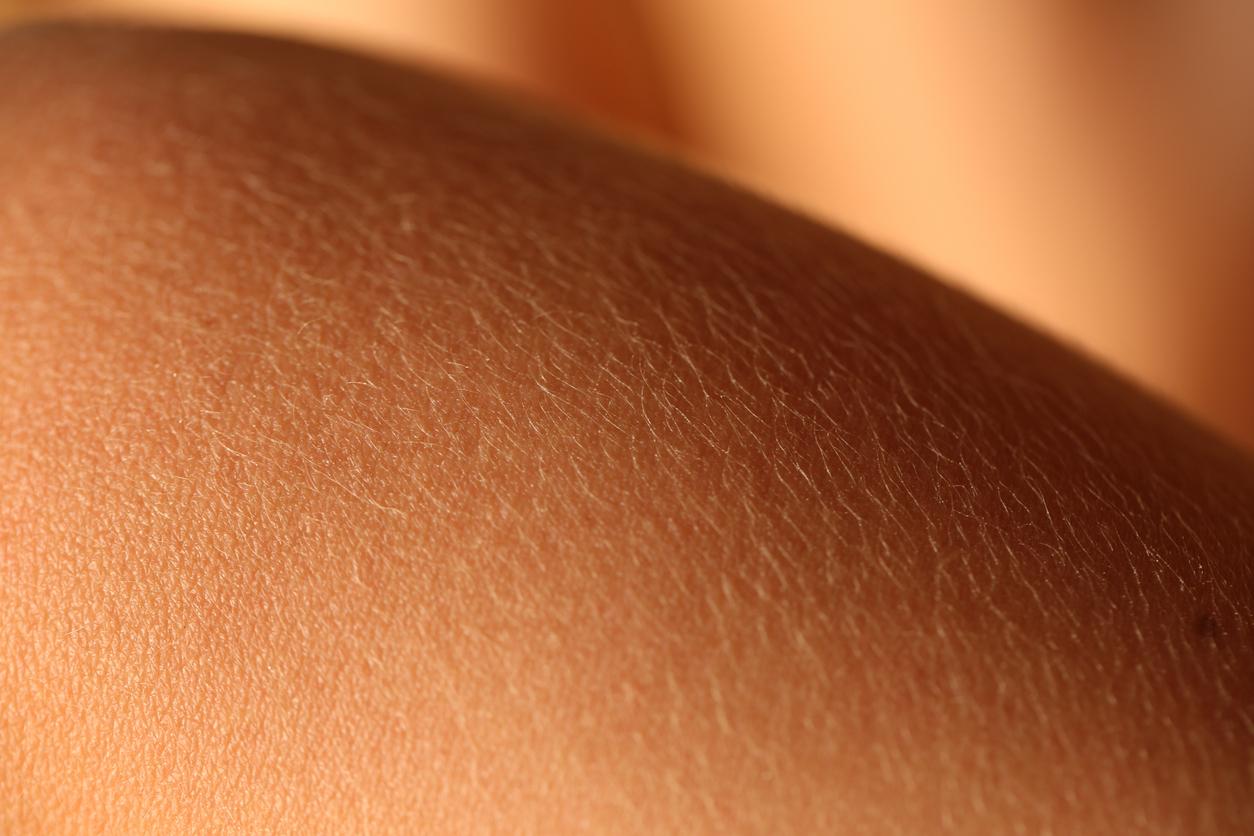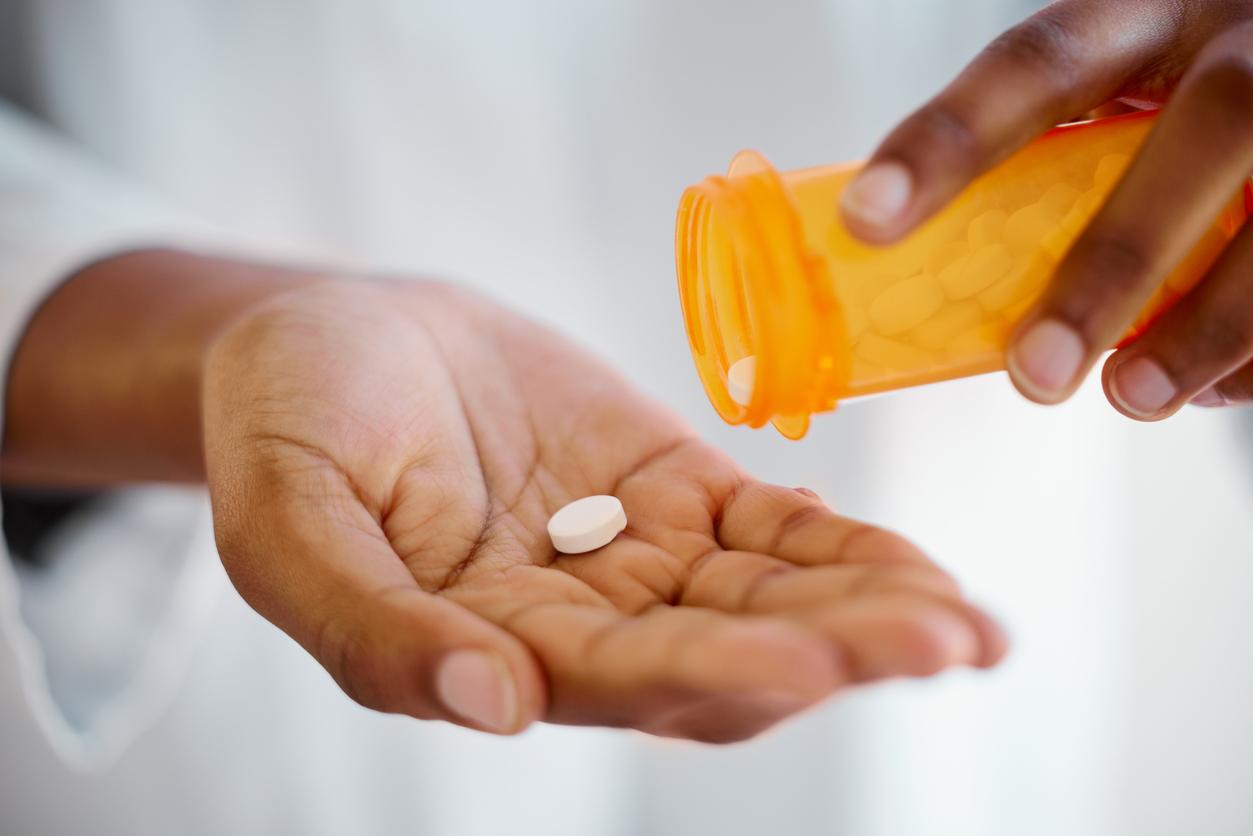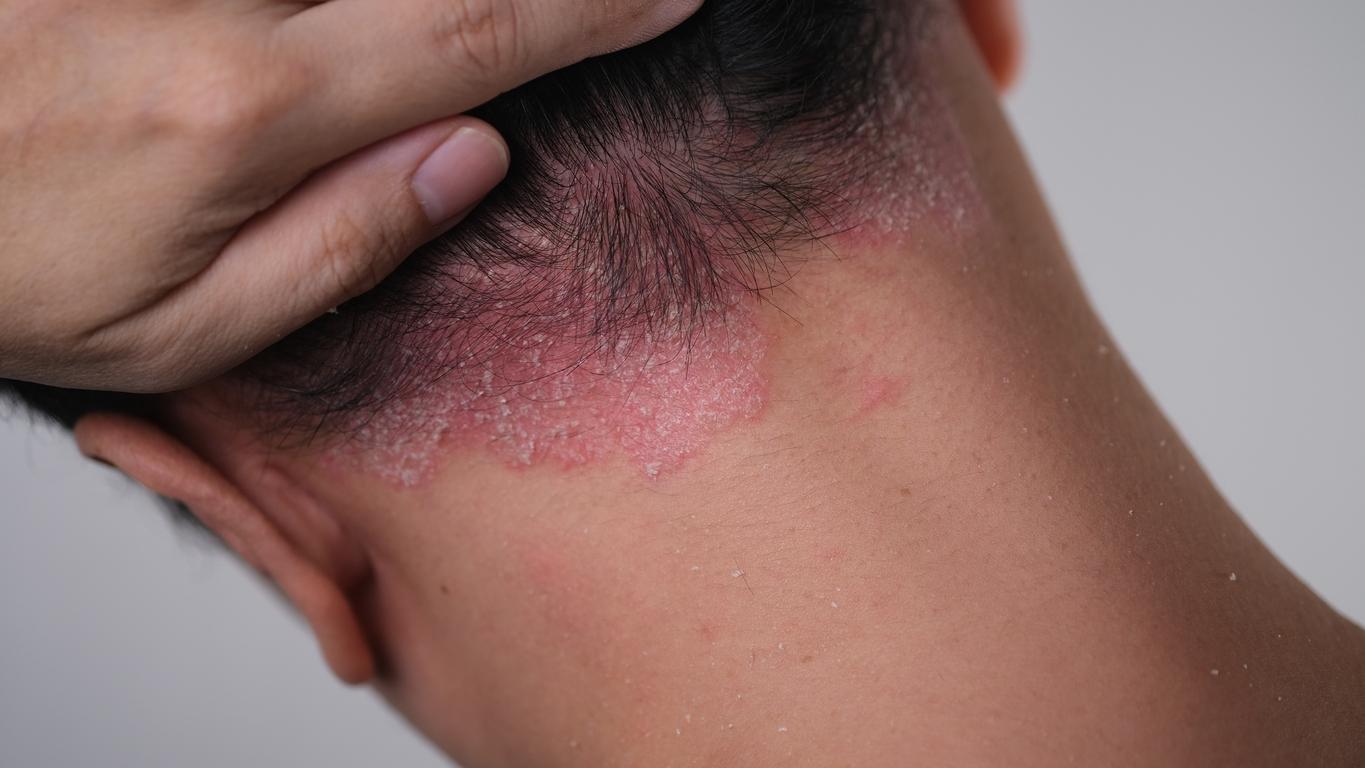In an effort to improve existing sunscreens, researchers have successfully tested a compound from octopus skin.

- Xanthommatin belongs to the class of ommochromes, which are responsible for the coloration of various tissues and organs in animals (including the eyes, wings, and exoskeleton).
- This compound is present in the skin of octopuses.
- It has been successfully tested by researchers in new sunscreen formulas.
A new study proposes using a compound derived from octopus skin to make sunscreens safer, more effective and less polluting.
This compound called “xanthommatin” belongs to the class of ommochromes, which are responsible for the coloring of various tissues and organs in animals (including eyes, wings, and the exoskeleton). Even before humans got hold of it, xanthommatin thus naturally played an important role in protection against harmful UV rays.
Sun protection: what is the benefit of octopus skin?
“Given recent controversies associated with the environmental toxicological effects of some chemicals used in sunscreens, the safety of xanthommatin with coral cuttings has been validated at concentrations 5 times higher than those used in our formulations,” first write the researchers in their report.
“When formulated with zinc oxide sunscreens, the inclusion of xanthommatin increased the total UV absorption profile by 28% and the total light blocking potential by 45%,” they continue.
“The formulations also did not cause dermal irritation or sensitization in a repeated patch test in humans.” they add.
“It is well known that UVB contributes to sunburn in the upper layers of the skin and that UVA penetrates into deeper layers, contributing to photoaging and DNA damage,” they recall in conclusion, also considering that their results must be confirmed by additional research.

How to protect your skin from the sun?
While we wait for the idea of octopus skin to catch on, let’s remember that to protect ourselves from the sun this summer, the creams already available must be applied in a thick layer on all parts of the body not covered by clothing. It is also recommended to use high protection factors (factor 50+), active against both UVB and UVA.
To avoid the toxic effects of the rays, it is also advisable to rseek shade whenever possible and avoid exposure to the sun between 12 p.m. and 4 p.m. PFinally, wearing a hat, long-sleeved clothing and sunglasses is strongly recommended.
“You should reapply sunscreen every two hours and immediately after swimming,” complete the SNDV (National Union of Dermatologists – Venereologists)
. “While UV radiation is the leading cause of skin cancer, particularly melanoma, 74% of French people still say they do not systematically protect themselves from the sun when taking part in outdoor leisure or sporting activities,” he lamented recently.









